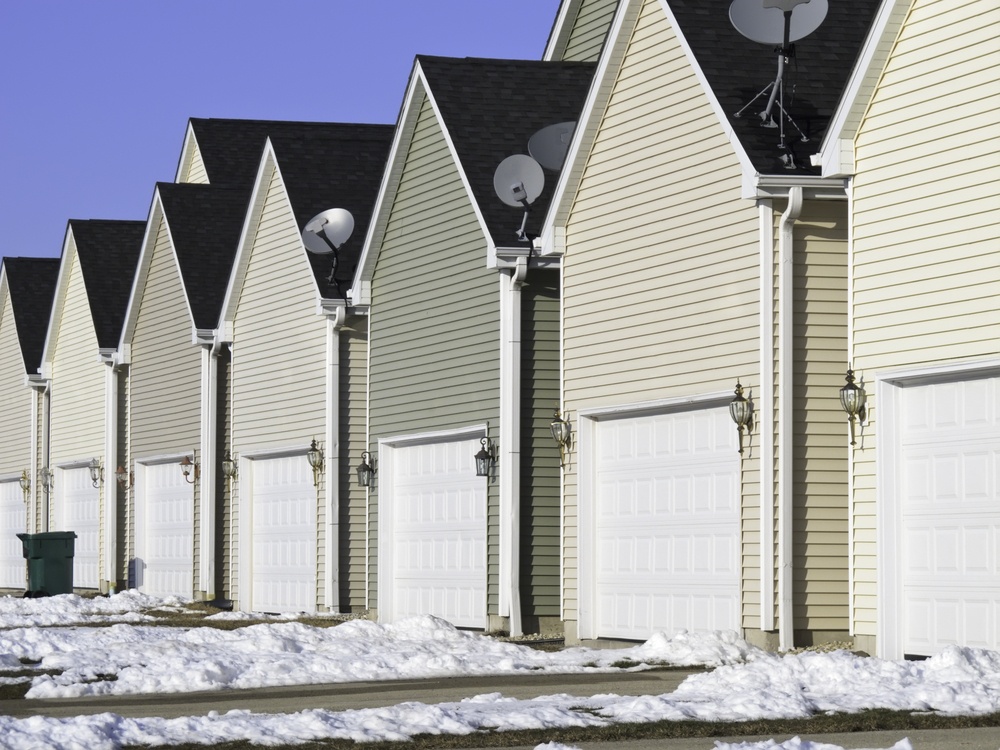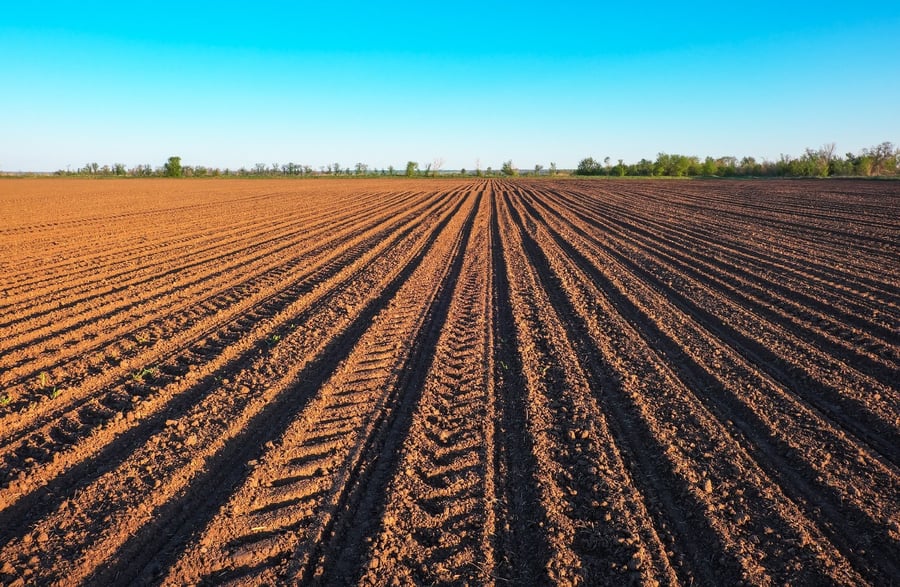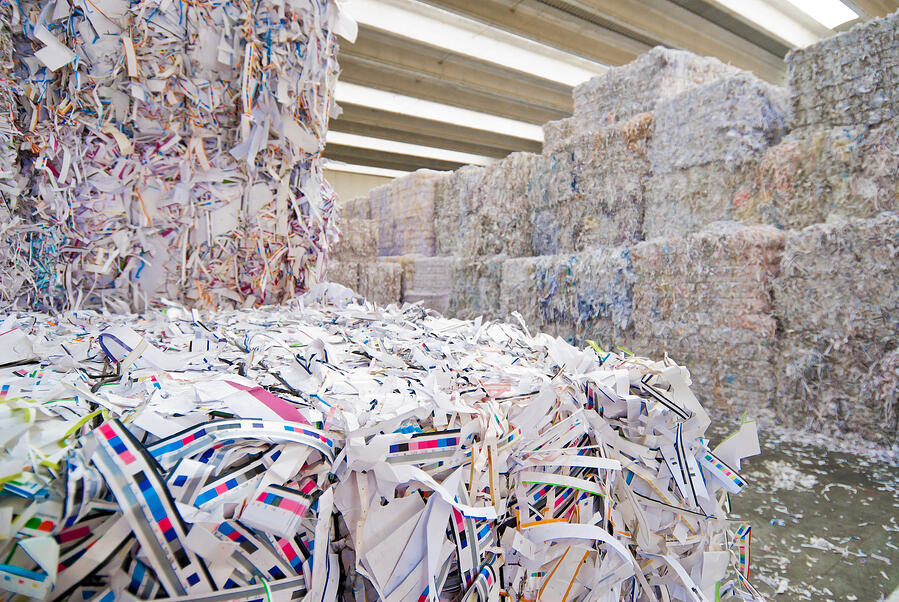Why Are Pinless Moisture Meters the Go-To for Winter Restoration

Winter weather can cause severe damage to a structure over time. Even the end of the cold season doesn’t spell the end of winter water damage—in fact, some forms of winter water damage are more likely to occur as temperatures begin to thaw.
For example, a snow-covered roof can easily become an entry point for water as the snow melts into gaps in the roof tiles, refreezes, and ends up separating those roof tiles. This makes it easier for more melting snow to penetrate the roof itself, causing water damage.
Wintertime water damage keeps restoration experts busy, and these experts rely on a number of tools to quickly and accurately track moisture intrusion—especially pinless moisture meters.
Reasons Why Pinless Moisture Meters Are the Go-To Resource for Winter Restoration Work
- Pinless moisture meters are easy-to-use tools that only take seconds to operate—simply press the scanning plate flat against the surface of the material you’re testing for moisture and push a button.
- Pinless meters can check a large area and are great at checking entire rooms. This speed is invaluable for saving time on the job.
The biggest advantage listed above is the sheer speed of using pinless meters to check building materials. A restoration expert using a pinless moisture meter to check for winter water intrusion sources can make a thorough check of a given space in just a short amount of time.
This could save hours of work while allowing for more thorough checks—which also means fewer callbacks and complaints about “unfinished” restoration work.
Completing the Winter Restoration Toolkit
Although pinless moisture meters are the go-to tool for detecting moisture while on winter water damage restoration jobs, they aren’t the only moisture meter that restoration experts will need.
In most cases, a pin-type meter will also be needed to check for moisture in building materials.
For example, if a material’s surface has a curve to it that keeps the scanning plate from making smooth contact, then a pinless meter might not be able to get a proper moisture measurement. Here, the use of a pin-type meter might be more effective since it doesn’t require a flat surface to provide correct measurements.
Additionally, one of the biggest strengths of a pin meter is that it can definitely pinpoint the location of moisture in a wood subfloor and behind drywall —allowing you to find hidden moisture and even determine the depth at which a moisture pocket occurs if you use insulated pins.
To complete their toolkits, many professional restoration companies use both pin and pinless meters, or 2-in-1 devices that have the functions of both. This gives them the best of both worlds, and the flexibility needed to meet nearly any moisture measurement challenge.
Need a reliable, top-of-the-line moisture meter for your winter restoration work? Check out some of Delmhorst’s best restoration moisture meters today!
Subscribe to Our Blog
Post Related

How to Minimize Soil Moisture Loss During Winter


